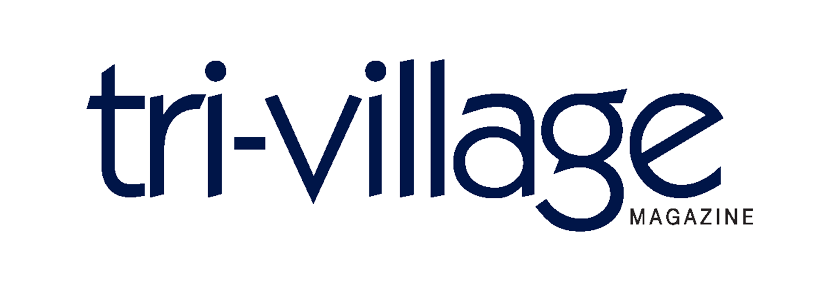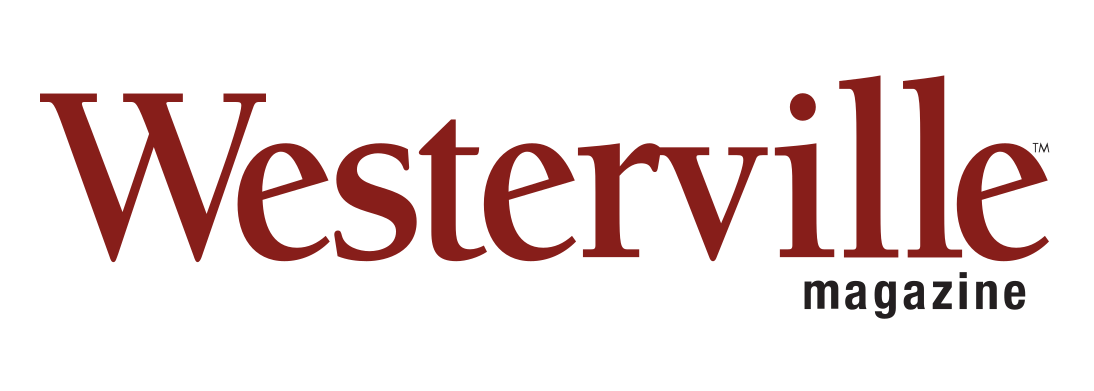
For local artist Dareen Hussein, understanding and displaying an accurate depiction of Palestinian history is personal. Her family hails from Palestine, but Hussein was born in Doha, Qatar. As an infant, her family decided to move to the U.S., eventually settling in Columbus.
“It really is kind of a traditional immigrant’s tale of coming to America,” says Hussein. “We wanted to be somewhere with more opportunities and, this sounds funny now in the midst of our administration, but a place where we have more rights.”
By the time Hussein was in high school, she was interested in uncovering truths and discovered that photography was a successful artistic medium to address and discuss difficult conversations.
“(I want) to try to address some of the issues I’ve seen – as a woman and as a woman of color – in the world,” Hussein says. “Photography is usually used as a documentary device and I think that’s what’s interesting to me, particularly in the context of what I’m doing now.”
When college rolled around, pursuing photography was inevitable. She chose the California Institute of the Arts because its photography program focuses more on the impact of the medium. After graduating, Hussein moved back to Columbus and has since been immersed in a self-directed project of archiving the Palestine diaspora.
“I’m interested in challenging this preconceived notion of the archive… what is being included and what is being excluded?” says Hussein. “With my personal experience, I’ve been disappointed in how Palestinians and the history of Palestine have been archived. … It’s usually always within this context of the holy land or it’s speaking to the biblical narratives. … I feel that there is a failure to archive Palestinians as just people, as agents of our own narrative. In my artistic project, I like to look through the archive to see what gaps there are so I can try to fill the gaps.”
Back in summer 2018, Hussein’s project was on display at the Columbus Museum of Art. The collection featured Palestinian items like old stamps, photographs and maps, along with objects like a handwoven basket, and a stereoscope with stereoviews – a late 19th century binocular-shaped device that creates 3-D-like images.
“If you’re just walking through a museum and you see how everything is so pristinely displayed to you… it’s unconscious triggers for us, I feel, to assume that we’re being told the truth,” says Hussein. “I’m presenting (my) material in a way that is similarly as pristine – and that’s not to suggest that I’m giving information that isn’t true. … I think there is an incredible value to museums, but I also think that at times museums can unknowingly perpetuate ideological assumptions about certain topics or certain people.”
For example, through her research, Hussein discovered that when Israel was established in 1948, the Palestine Archeological Museum in Jerusalem eventually resided in Israel not Palestine; the facility was renamed and the museum’s language shifted.
“When I was there I clearly saw how they were reframing the Palestinians in the historical narrative they had established in the museum (originally),” she says. “There were plaques that said, ‘Palestinians are the visitors of Israel.’”
Hussein understands that the relationship between Palestine and Israel is extremely complex and controversial, but she wants people to know her project is more than this dynamic and that all can gain something from the collection.
“The only reason it’s really about Palestine is because (of) my own subjectivity,” she says. “At the end of the day, the project is about how we are digesting and understand narratives given to us by different institutions. … I want to encourage people to question the information they’re given, and for what aims that information is given to us. I think we should always approach what we’re told with a healthy level of skepticism.”
Feeling the Impact
Collecting the historical objects in the project was a strenuous task and an emotional experience, especially when she looked at the stereoviews.
“When I’m looking at these (stereoviews) I really do feel like I’m there,” Hussein says. “I grew up in America, but the household I grew up in was still strongly Palestinian culturally. … This project is just a more direct way, I think, of grappling with the questions about my culture and my heritage.”
A portrait in the collection did create complex emotions for Hussein: a Palestinian man from the 1930s dressed in a British Army uniform (Britain was the colonial force at the time). Through research, she learned that the man’s family deemed his career prestigious.
“I’m trying to evoke this complexity I have with this man working with the British Army ... and how proud his family was of him,” Hussein says. “Why do we have this distinction that he looked better working with the British than he would have with other Palestinians?”
Next to the portrait, another complexity is expressed in a short paragraph written by Hussein, which talks about how the man acquired a British tradition and passed it onto his family.
"Tea with milk is a delicacy for his family, but in large part, it is a practice which creates the illusion of nobility," Hussein writes.
Continuing the Archive
Hussein plans to continue the project by adding more content. She thinks the collection would do well in a university library, like The Ohio State University, or another local gallery.
“Each time the project is shown there is a different manifestation of it, so it’s truly a unique experience,” says Hussein. “And I feel like it’s a really exciting time to be in Columbus right now because of this growing and changing. So, I’ve been hoping to kind of make my mark on the city.”
To learn more about Hussein’s work visit www.dareenhussein.com.
Lydia Freudenberg is the brand loyalty specialist. Feedback welcome at lfreudenberg@cityscenemediagroup.com.


















